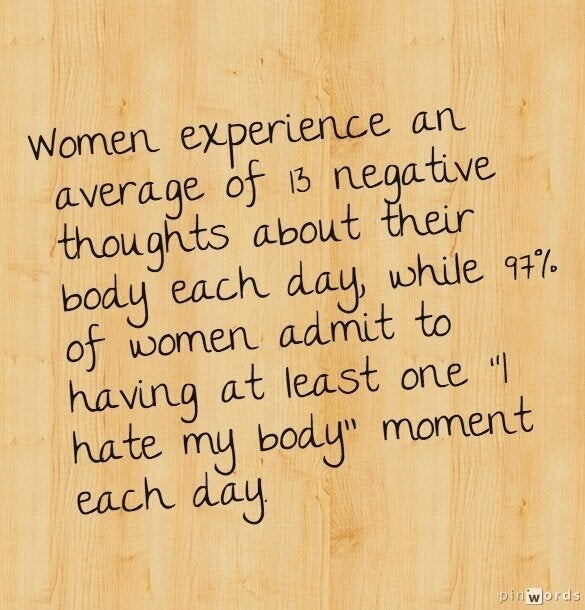Over the course of medical school, you are expected to get comfortable with a whole host of expensive-sounding equipment (see: popsicle stick becomes tongue depressor).
You sling a stethoscope around your neck, maybe tuck a reflex hammer in your white coat pocket, and begin that privileged journey of looking for things that don't sound or sit quite right.
You learn rather quickly that it won't be you on stage, and somehow, you landed a prized front-row seat on life. And when a patient's struggle doesn't play from out of a textbook, and there's no fancy test to order, you realize it's on you as the student to offer that tissue box.
The first time I had to pull a tissue out for myself was with the mother of a young patient. She had lost her husband to a motorcycling accident when her kids were quite young, and now, years later, her only daughter was in the psychiatric emergency room.
"She won't eat, or she'll throw up, or call me to tell me she's gonna kill herself. There's only me at home with her brothers, I'm close to losing my job and can't speak to anybody about this. They just don't understand. It's like a cancer made up of guilt. We're on a waiting list for her to get treatment, and she's fighting tooth and nail to stay in university," she said.
Her daughter was a straight-A student. She wanted to be a nurse. She was now in the fight of her life with a mental disorder that has the highest chance of death than any other.
When my shift came to an end, I decided to walk through the waiting area on my way home. I saw the patient's mother trapped in a chair between her two young boys like bookends, with them restlessly pulling at an oversized jacket that I could only imagine was her late husband's. All I could muster up was an apologetic nod.
Are we doing enough about an illness that is silently eating away at both a mother and daughter?
Twenty years ago, People Magazine headlined one of their covers with, "Princess Di: Struggle with Bulimia Brings a Puzzling Disease Out of the Shadows."
You could only imagine the disdain of the Queen for her to speak of such a "grotesque habit." Eating disorders still remain a private battle for millions of young women, and the faces of those affected are changing. We'd be downright wrong to frame it as a "rich, white girl's disease."
As the debut track to her new album, Beyoncé Knowles hits back at the societal pressures on females in Pretty Hurts. The music video runs through a beauty pageant and the ugly things that go on backstage.
It's a raw take on the eating disorder as a woman's response to inequality. Yet you could also argue that the triggers and demands on females have never been worse (while being sold the notion that the gender gap is under repair).
There's still this, even when it comes to "the attainable Jennifer Lawrence." There's the pornification of pop culture. Then there's Instagram and Facebook when it comes to body image. All this, and there's sill wonder as to why young girls are at war with themselves.
Besides the immense toll on women, the King's Fund and other economists believe societies have been paying the price when it comes eating disorders.
The calculations looked at health care costs and reduced GDP for missed workdays. But my question is this: How do you actually measure the lost human potential and ingenuity? This may be the biggest tragedy. For how do you capture the cost of subjecting millions of women to calorie counting or religious scale stepping? Filling a notebook with daily calorie projections isn't a way for youth to learn arithmetic; it's merely a method to siphon off talent.
In Canada, when it comes to the treatment side of things, Senator Kirby's report, Out of the Shadows, paints the picture of a two-tier mental-health system that is ridden with stigma and grossly underfunded.
Things are especially bad when it comes to eating disorders. The Toronto General Hospital, a world leader in such care, only has 10 beds for their program. That means a debilitating wait, or a serious financial sacrifice. So, for these young women, it's never really about having it all-- it's a matter of losing everything around them.
To be sure, changing the confines and construct of beauty is not going to happen overnight. But there might be some promise in the small victories. And we should at least be able to have the conversation, remove the shame and start investing the health care dollars needed to restore their lives.
The most powerful call to arms I have seen comes from a college student. Her poem, Shrinking Women, has gone viral and strikes at the heart of the illness. Maybe it's not Beyoncé, but young women like Lily Myers will lead the charge because it's exactly what we need: less tissue boxes and more women grabbing microphones.
